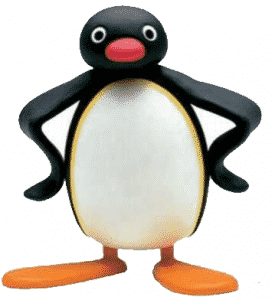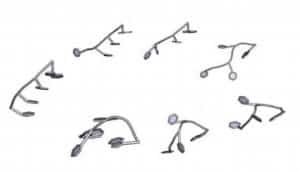Imagine this scenario. You are an animator who works in stop-motion. This technique involves patiently lining up many pictures of a subject that changes slightly position in each picture, so as to have a coherent and continuous sequence of frames.
For those who know him, Pingu, the mischievous and adventurous penguin, is an example of stop-motion.
In the case of RNA, rather than plasticine figures you have a huge database of general images. All you have to do is arrange your images into the right sequence, but as the number of images to be included increases, the more time-consuming and laborious this task becomes. But what if a program existed that was capable of arranging them automatically based on their “similarity”? That is what some scientists actually did although, instead of a smile and Flickr, they used RNA and a huge international database of crystallographic images, the Protein Data Bank (PDB).
Giovanni Bussi, SISSA professor, and his colleagues are studying RNA dynamics, that is, the way this molecule takes on different forms in three-dimensional space. RNA is a molecule made up of a long chain of nucleotides (in fact, sometimes in the form of a double helix of paired strands
, like DNA), which is very important in many cell processes, including gene transcription and regulation. RNA is found in many conformations, with varying dimensions and functions. Some typical, recurring structures are especially important, which is why scientists are studying them, in part in an attempt to understand how the molecule passes from one form to another. One important structure is the tetraloop, a small piece of RNA consisting of 4 nucleotides folded over to form a loop. Bussi, who coordinated the work of the first author, Sandro Bottaro, SISSA research scientist, and Alejandro Gil-Ley, SISSA student, decided to adopt a really clever technique, based on a sort of molecular stop-motion.“We usually work with computer simulations, but in this case we started from experimental data to get a real image of the molecule,” explains Bussi. “So we went through the PDB, which contains crystallographic images of a huge number of molecules. A crystallographic image is a kind of 3D image of a molecule.”
Bussi and colleagues searched this huge database for images of RNA and in particular for images of certain sequences formed by 4 specific nucleotides. “In general, the ‘photos’ depict a much larger molecule,” explains Bottaro. “Once all the pictures had been isolated, we had the problem of sorting them.” Bussi and colleagues had an ace up their sleeve. “Some time ago we devised a measure able to provide an estimate of similarity between RNA conformations” says Bussi.
The results of this work had been published in a previous paper. “So it was thanks to this algorithm that we were able to arrange the images into coherent sequences.”
That way, the researchers obtained animations showing the transition of the strands from an elongated conformation to a tetraloop. “The important thing is that we did it using images of observed, hence real and possible, conformations,” concludes Bussi.
The technique is naturally “transferable” in the sense that it can be applied to other, different RNA structures as well as to other proteins and molecules, provided that one has a sufficiently large database of images.































